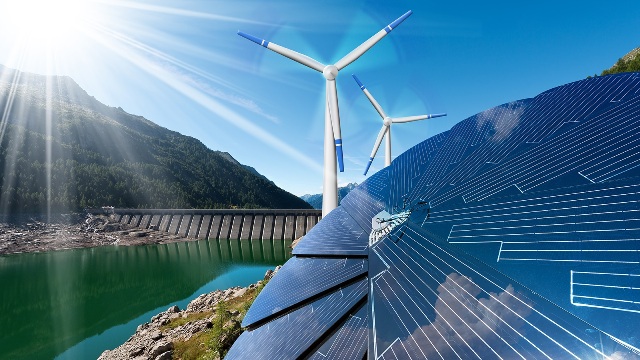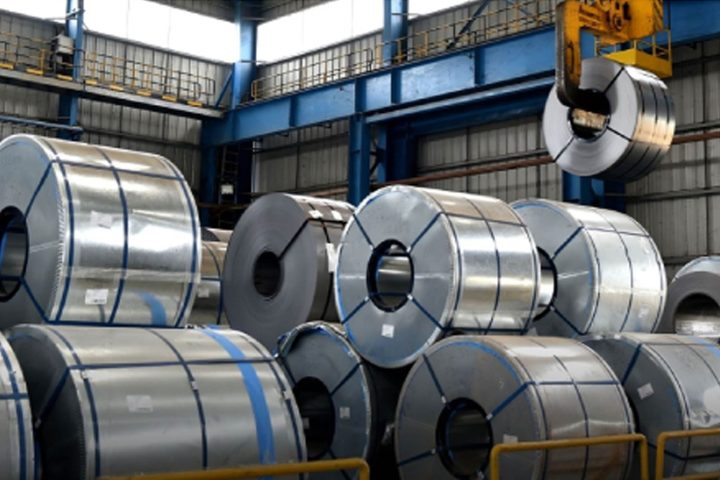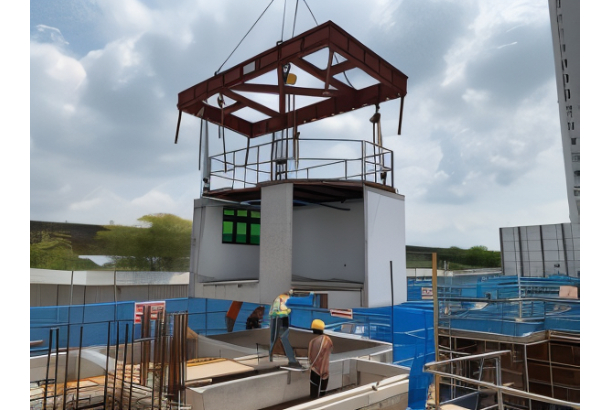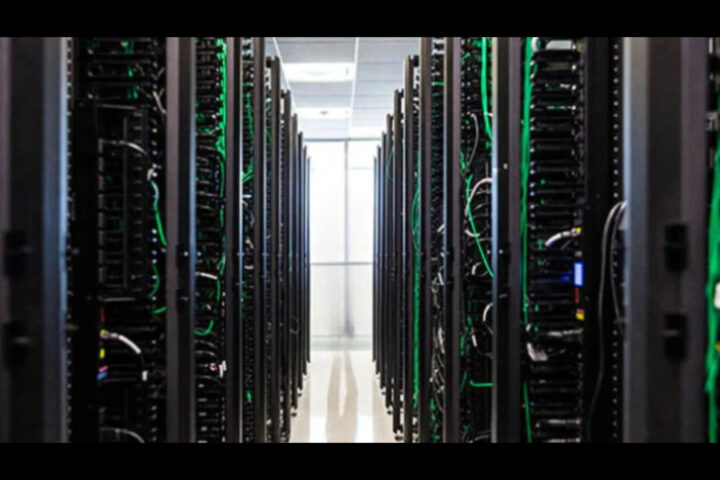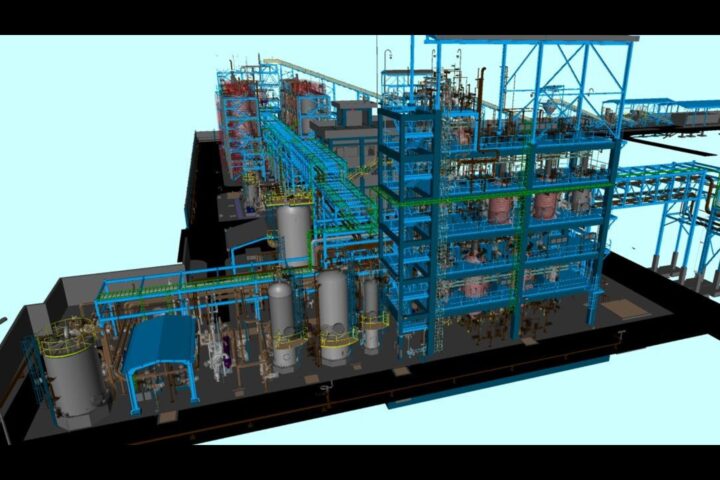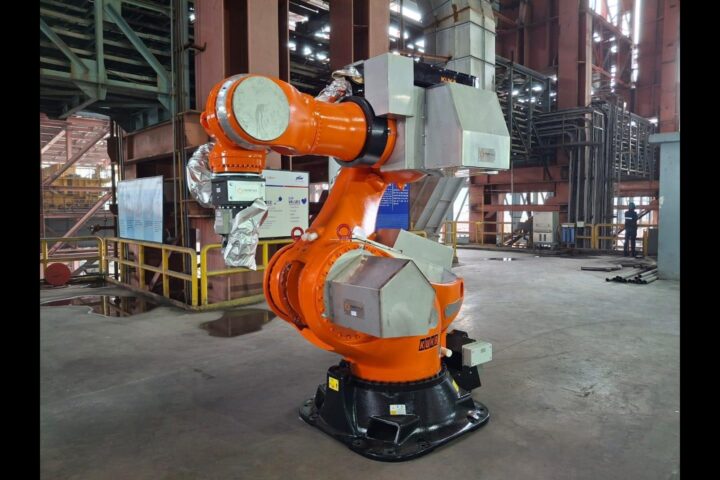by Nandan Mishra, CEO and Founder, Algo8 AI
The world faces the massive threat of global climate change, and simultaneously a decline in the fossil fuel reserves that mankind can mine and burn for fuel. Large-industry operations are the largest fossil fuels consumers and greenhouse gas emitters, and by no small margin. According to a CDP report from 2017, just 100 companies in the energy sector have been directly responsible for over 70% of all industrial emissions since climate change was officially recognized as a human-driven phenomenon.
The current energy generation systems have far too many environmental drawbacks and are simply not sustainable. On paper, the right answer to all these titanic conundrums is adopting renewable energy solutions for large-scale industrial applications, but that is trickier to harness than traditional fossil fuels. In terms of technology and infrastructure, renewable energy projects tended to be very expensive and technically challenging. But with major strides in computer technology, particularly over the last decade, we now have a key piece of tech that can help solve the energy problem: Artificial Intelligence (AI).
AI has several capabilities such as predictive analytics, automated process monitoring and optimization, and feedback loops that make it ideal for powering renewable energy plants.
Probably the biggest challenge that renewable energy faces is unpredictability and unreliability of natural conditions. A tidal-power plant will not function without appropriate tide activity, a simple cloud cover can run daily-operational costs for a solar field into monetary losses, and unexpectedly weak winds will produce no electricity at a windmill farm. AI’s predictive analytics capabilities offer great advantages when it comes to planning operations for weather-dependent plants since it can be used to generate highly accurate weather predictions. Technically, it’s still weather ‘forecasting’ but the tools and methods that AI based systems use, raise the accuracy to another league altogether when compared with the weather forecasts we see online or on TV today.
The AI consumes large amounts of historical data around energy operations and weather conditions such as humidity, wind direction and speed, cloud cover, etc, and even machine readings, throughput metrics, cycle irregularities and so on. It consolidates and organizes all the data, which has been collected from a multitude of sources and is stored in a myriad of different file types and formats, and processes it intelligently to draw insights on how past environmental conditions affected energy production and understands how they impacted the assets directly. Based on this comprehensive frame of reference, the AI monitors real-time environmental and machine data through satellite imagery and an Industrial Internet of Things (IIoT). It corelates current conditions to the past and predicts how operations are going to be affected so that well-informed planning and management decisions can be taken.
We are living in an era where we have technological aids like web-based energy forecasting applications which ML algorithms in tandem with data mining functions. They produce weather models based on the state of the atmosphere in a particular region. Advanced forecasting solutions like these enable comprehensive visibility over industrial operations, and consequently superior control and planning.
Energy grid optimization is another major AI application in making renewable energy sources more resource-efficient and commercially viable. The grid can be intertwined with a network of sensors to capture real-time environmental data along with asset performance metrics to collect large amounts of operational data that can provide major insights into load predictions, functional conditions, failure events, maintenance requirements, etc. As a result, the operations can be maintained at a consistently high level of efficiency, improving the energy usage and reduce energy consumption. It also enables flexible ways for the suppliers to regulate the supply based on dynamic market conditions.
Applications backed by giants like Google are geared towards reducing emissions and energy consumption for industrial assets. These applications use a web of sensors, track parameters such as per asset power consumption and temperature and achieve 40% cooling in their servers after deployment.
With AI-enabled monitoring of industrial assets, we can now have completely automated systems to reliably track operational conditions round the clock. Such systems increase the safety of assets because they can identify things like leaks and strain on the machine and take corrective action. The system could trigger an alarm, issue notifications to the relevant personnel, or even trigger measures like a trip switch to protect the asset from further damage. This not only ensures that asset-health is maintained intelligently, but also improves the safety for employees by minimizing accidents.
Since AI is becoming more capable of performing human-level tasks such as observation and recommendation, it enables large-scale automation of process-driven tasks and intelligent workflows; it is pushing us towards the next iteration of Industry 4.0 with the advent of smart industries. Large-scale adoption of AI-tech in the renewable energy sector will allow to target a larger market and enable operations to expand more cost-effectively.


